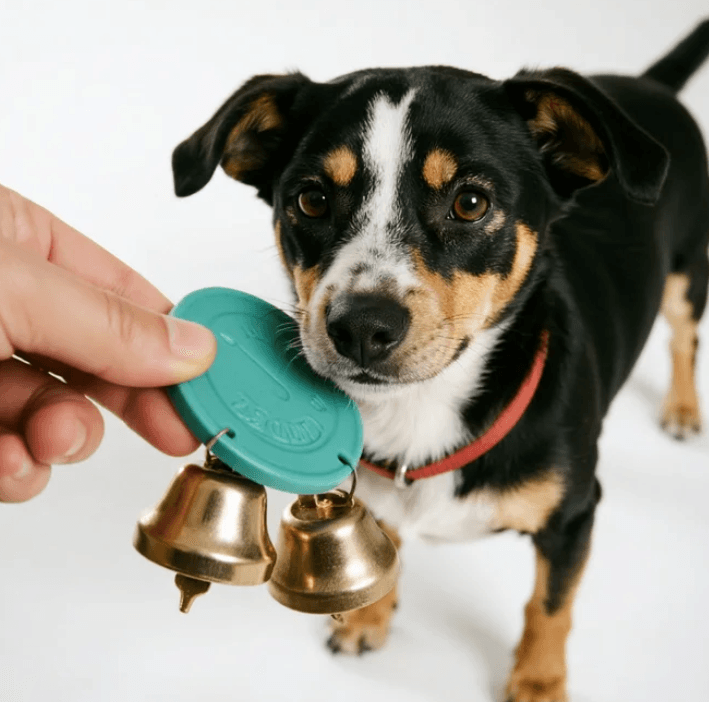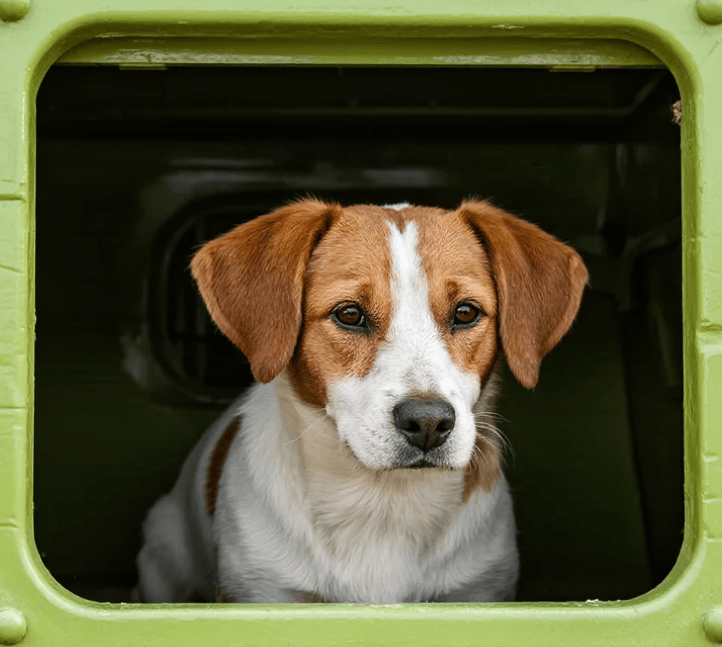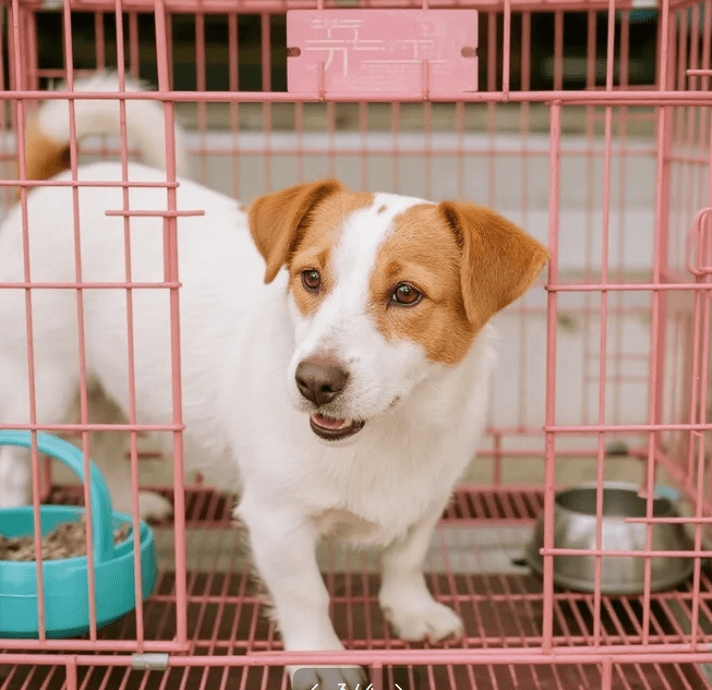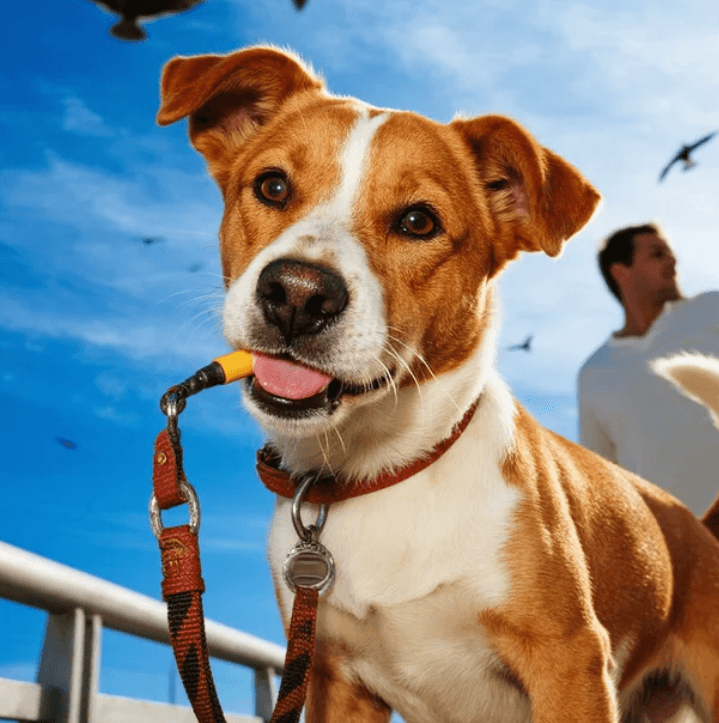How to Clicker Train a Dog: Step-by-Step Guide for Fast Results

Introduction: What is Clicker Training for Dogs?
Clicker training is a popular form of positive reinforcement dog training. It involves using a small device that makes a distinct clicking sound to mark desirable behavior in dogs.
This sound serves as a signal to the dog that they have done something right and will receive a reward. It’s effective, science-backed, and suitable for dogs of all ages and breeds.
Why Use Clicker Training?
Clicker training has many advantages over traditional training methods. It provides clear communication, boosts learning speed, and strengthens the bond between dog and trainer.
Dogs learn to associate the click with a reward, making them eager to repeat good behavior. It’s also non-punitive and enhances the dog's confidence.
What You Need to Get Started
Before starting, gather the following tools:
- Clicker: Choose a small, easy-to-press clicker that makes a consistent sound.
- Treats: Use small, tasty treats your dog loves.
- Leash & Harness: For control during outdoor training.
- Patience and Consistency: Key to successful training.
Step-by-Step Guide on How to Clicker Train a Dog
Step 1: Charge the Clicker
The first step is teaching your dog that the clicker sound means a reward is coming. Click the clicker and immediately give a treat. Repeat this 10–20 times. This builds an association between the click and the treat.
Step 2: Start with Simple Commands
Choose a basic command like “sit” or “look.” Wait for your dog to perform the behavior, then click and treat. If your dog needs help, guide them gently into the position. Always click at the exact moment they perform the behavior.
Step 3: Use Timing to Your Advantage
Timing is crucial. The click must occur the instant your dog does the desired action. If you're late, the dog may associate the click with something else. Practice makes perfect, so keep sessions short and focused.
Step 4: Add Verbal Cues
Once your dog reliably responds to the behavior, introduce a verbal cue. Say the command just before your dog performs the action. Click and treat when they comply. Over time, your dog will link the cue to the behavior.
Step 5: Phase Out the Clicker
When your dog consistently responds to cues, you can slowly reduce clicker use. Start by using it intermittently, then phase it out entirely. Continue to reward good behavior occasionally to reinforce training.
Clicker Training for Common Dog Behaviors
1. Sit
Hold a treat above your dog’s head. When they naturally sit to follow the treat, click and reward. Add the verbal cue "Sit" as you guide the behavior.
2. Stay
Ask your dog to sit. Hold your hand out like a stop sign and say “Stay.” Wait a few seconds, click, and treat if they don’t move. Gradually increase the stay duration.
3. Come
Use a leash. Walk a few steps away, call your dog with “Come,” and click when they move toward you. Reward generously to make this command exciting and positive.
4. Leave It
Place a treat on the ground and cover it with your hand. When your dog moves away or looks at you, click and reward with a different treat. This teaches impulse control.
Clicker Training Tips for Puppies vs. Adult Dogs
Puppies
Puppies are like sponges and respond quickly to clicker training. Keep sessions very short (2–5 minutes), use high-value treats, and stay consistent. Their attention span is short, so end on a positive note.
Adult Dogs
Older dogs can also benefit, especially those not responsive to traditional methods. Be patient, especially if they have bad habits to unlearn. Use calm energy and celebrate small wins.
Common Mistakes to Avoid
- Clicking Too Late: Always click during the behavior, not after.
- Not Rewarding Every Click: The dog must always receive a treat after a click.
- Overusing the Clicker: Only use it to mark behaviors, not to get attention.
- Training Too Long: Keep sessions short and end on success.
How Long Does It Take to See Results?
Every dog is different. Some may understand a cue in one session, while others may take weeks. On average, with daily 5–10 minute sessions, you can see noticeable progress in 1–2 weeks. Consistency is key.
Clicker Training for Advanced Commands
1. Heel
Walk your dog on a leash. When they walk beside you, click and treat. Repeat often until the behavior becomes natural. Add the cue “Heel.”
2. Target Training
Hold out your hand or a target stick. When your dog touches it with their nose, click and treat. You can use this to teach spins, jumps, or even open doors!
3. Tricks
Teach tricks like roll over, high five, or play dead using small steps. Break down each trick into parts, rewarding every successful attempt.
Clicker Training for Behavior Correction
You can use clicker training to replace unwanted behaviors with positive ones. For example, instead of barking at the doorbell, reward your dog for staying calm. This redirection helps reshape their response without punishment.
When to Consult a Professional Trainer
If your dog shows aggression, fear, or severe behavioral issues, it’s best to consult a certified trainer. They can tailor a plan using clicker training principles while ensuring safety for both dog and owner.
Clicker Training Success Stories
Many rescue dogs and shy pets have been transformed through clicker training. Owners report better communication, reduced anxiety, and increased joy in their dogs. Whether you're teaching basics or building a confident service dog, clicker training is an accessible and rewarding tool.
Best Clickers for Dog Training
- PetSafe Clik-R: Ergonomic, reliable, and includes a finger strap.
- Karen Pryor i-Click: Very quiet and great for sound-sensitive dogs.
- Starmark Pro-Training Clicker: Durable and easy to use for outdoor sessions.
Conclusion: Why Clicker Training Works
Clicker training is simple, effective, and based on reward rather than punishment. It builds mutual trust and accelerates learning. Whether you’re raising a puppy, working with a rescue, or refining obedience, clicker training empowers both you and your dog.
Next Steps
Start small. Choose one command, click and treat consistently, and celebrate progress. Keep sessions fun, use high-value rewards, and stay positive.
In no time, your dog will associate that click with love, reward, and success!
 Related Articles
Related Articles





